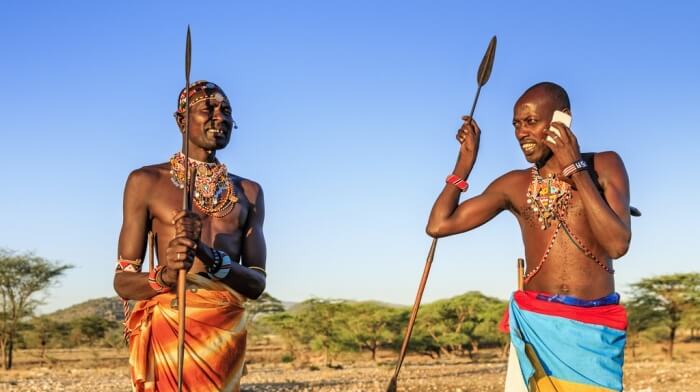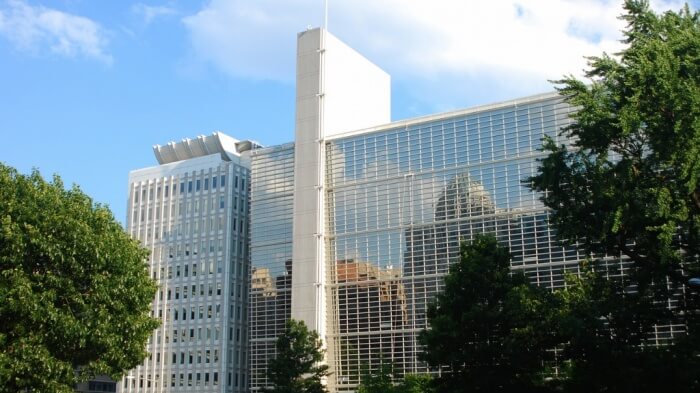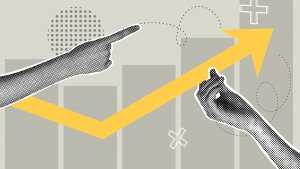Small Money Big Impact: Fighting Poverty With Microfinance
How government groups and NGOs are bringing finance to low income parts of the world.

The financial markets in many industrialized countries are a result of capital structures similar to those of microfinance. Microfinance is a form of impact investing yielding not only financial but also social returns; a sustainable combination of economic performance and social impact.
Financial inclusion by means of facilitated access to financial products promotes higher income, leads to better health and education and reduces economic inequality.
FINANCIAL INCLUSION
The term “financial inclusion” refers to institutions such as banks, nonbank financial institutions (NBFIs) or NGOs and their resolution to extend their range of financial services to those segments of the population that traditionally do not have access to them.
Reaching these mostly rural and underserved members of the population is a feat of innovation in terms of both products and distribution channels. Financial inclusion not only serves the individual client, but also encourages growth and fosters the dynamic development of potentially emerging economies.
According to estimates of the World Bank, currently 2 billion people are excluded from the financial system, which means that 25 per cent of the people worldwide are unbanked. In developing countries, virtually half the adult population (46 per cent) have no access to the financial system. (1)
A look at financial inclusion with respect to levels of income renders an even more dismal picture.
More than three quarters of all low‐income adults do not have access to financial services, the reasons being costly access routes to a place where they can open an account, or onerous covenants that render it virtually impossible to access financial services or a simple current or savings account.
Financial exclusion goes hand in hand with income inequality: adults in the financially strong OECD countries boast three times as many bank accounts as adults living on a low income. (2)
Regions such as Latin America, the Caribbean as well as East and South Asia in particular have a comparatively higher inclusion rate into the financial system. Eastern Europe and Central Asia are the midfield players, followed by Sub‐Saharan Africa. The Middle East and Northern Africa features the highest inclusion potential. (3)
Access to the financial system and sustainable financial services is of utmost importance and exerts a positive impact on various levels of society, most notably on all households and enterprises, as well as on overall economic growth.
Access to financial systems allows households, i.e. individuals and entire families, to build capital and deposit it safely. It fosters a sustainable and long‐term approach in dealing with recurring risks and consumption smoothing in equal measure.
By means of their economic contribution, micro entrepreneurs achieve higher social recognition, which is undoubtedly the source of more self‐confidence and security.
Micro‐, small‐ and medium‐sized enterprises (MSMEs) are the major employers in many low‐pay countries. They equally profit from financial integration. Often the growth of these enterprises is severely limited due to restricted access to capital and savings deposits, mostly as a result of a lack
of funds to invest in capital assets or additional work force. With the help of savings deposits, adequate payment transactions and insurance products, businesses can manage their risks more sensibly and profitably.
Financial integration and the development into an integrated, universal financial system positively influence economic growth and contribute towards amending income inequality. On the initiative of the G‐20, and their declaration of financial integration as a pressing economic policy, the Global Partnership for Financial Inclusion (GPFI) was set up.
The GPFI is the result of the collaboration between the World Bank, the International Finance Corporation (IFC) and the Consultative Group to Assist the Poor (CGAP). Its declared goal is to greatly facilitate access to financial systems worldwide, particularly for segments of the population with a low income.
In many cases, due to soaring transaction costs, people at the bottom of the economic pyramid are beyond consideration as prospective clients for formal financial service providers.
The only option left for the poor is to borrow from informal financial service providers such as money lenders or relatives, often at hugely exaggerated interest rates. Numerous micro entrepreneurs are unable to develop their businesses further or improve their living standards as a frequent result of funding difficulties.
Microfinance institutions bridge this gap and thereby manage to reach client groups that are yet to be included into the financial system. Hence, investments in microfinance foster a systematic development of the financial sectors in developing countries.
The financial markets in developing countries, however, are still reasonably small in comparison to those in industrialized countries.
The steady increase in new client groups and the competition among MFIs may well lead to a growth rate of these small markets in the near future that will surpass the GDP of the countries in question. (4)
NOTES:
1. Demirguc‐Kunt, Klapper, Singer and van Oudheusden (2015), p. 14.
2. Ibidem, pp. 83 – 84.
3. The Economist Intelligence Unit (2014), p. 20.
4. World Bank (2014).
This is an edited extract from Small Money Big Impact: Fighting Poverty with Microfinance by Peter Fanconi and Patrick Scheurle (Wiley, 2017).
Thanks for signing up to Minutehack alerts.
Brilliant editorials heading your way soon.
Okay, Thanks!




